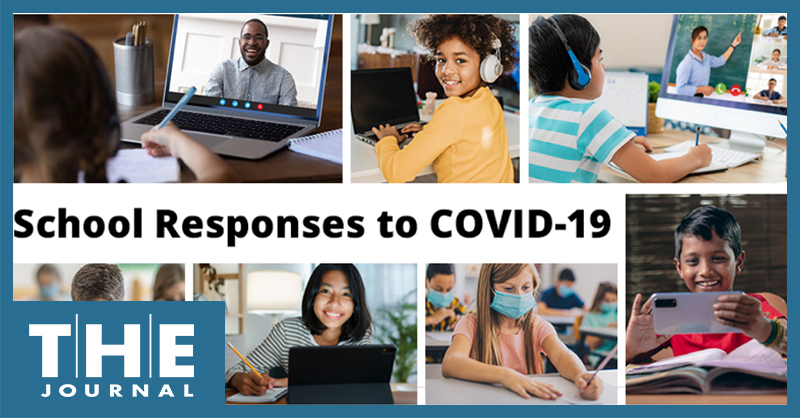
Survey results released today by the U.S. Department of Education’s National Center for Education Statistics shows that as of the start of the 2022–23 school year, almost half of K–12 public schools reported providing internet access to students who need it at their homes, and almost three quarters are providing training on digital literacy for their students.
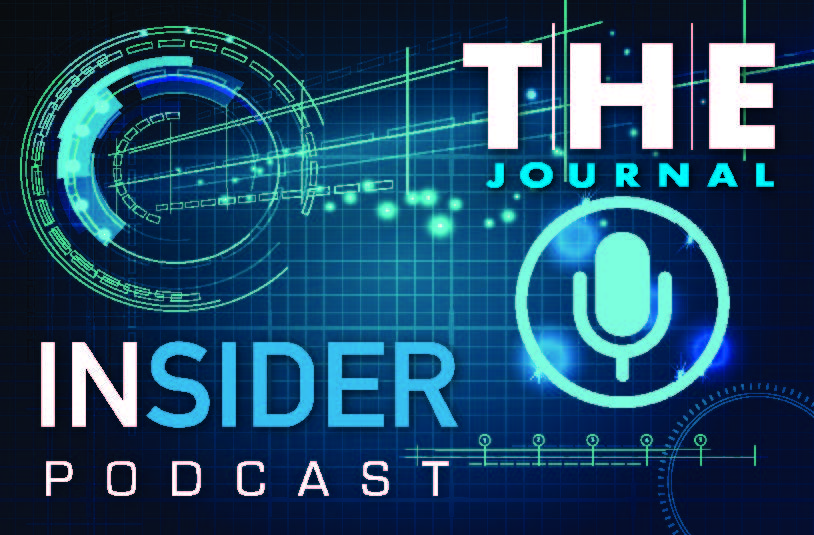
Educators and instructional technology experts Michael Jaber and Charley Suter describe the “endless” ways that ClassVR virtual reality headsets can help educators get students excited about learning — and share some incredible and surprising ways they are using ClassVR in schools, particularly for special education students, students with autism, and those with limited mobility.
Learning technology company HMH has unveiled a new connected teaching and learning solution for literacy that combines its AI-driven Amira Learning literacy tutoring solution with its Saxon Phonics & Spelling instruction for K–2 classrooms.
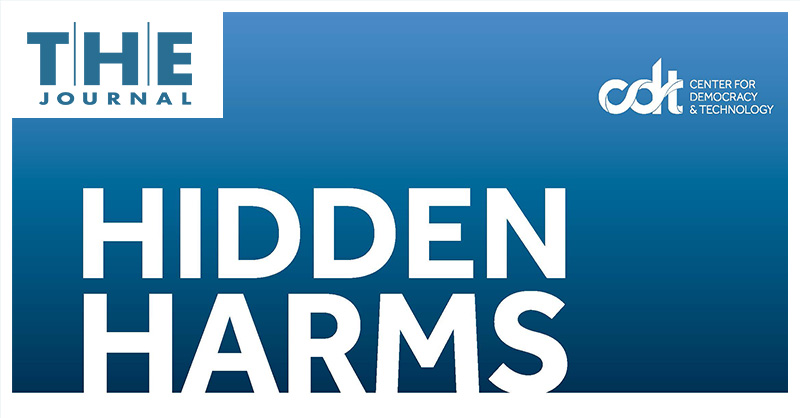
In an open letter this week to U.S. Department of Education Assistant Secretary for Civil Rights Catherine E. Lhamon, 15 education, technology, and civil rights nonprofits called for the department to put schools and online activity monitoring providers on notice that such monitoring must not result in discrimination or violation of students’ civil rights and liberties.
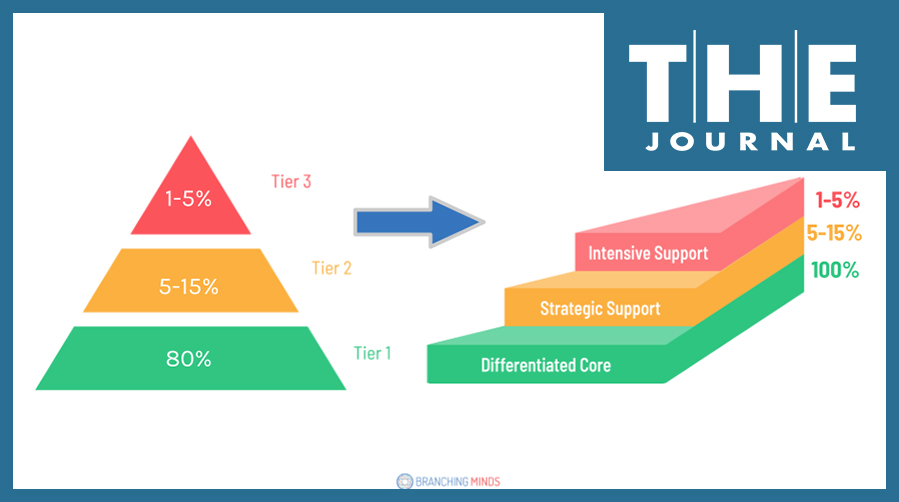
An educator and researcher explains how a simple shift in how educators understand and implement the Multi-Tiered System of Supports (MTSS) pyramid can help close the achievement gap in K-12 classrooms, schools, and districts.
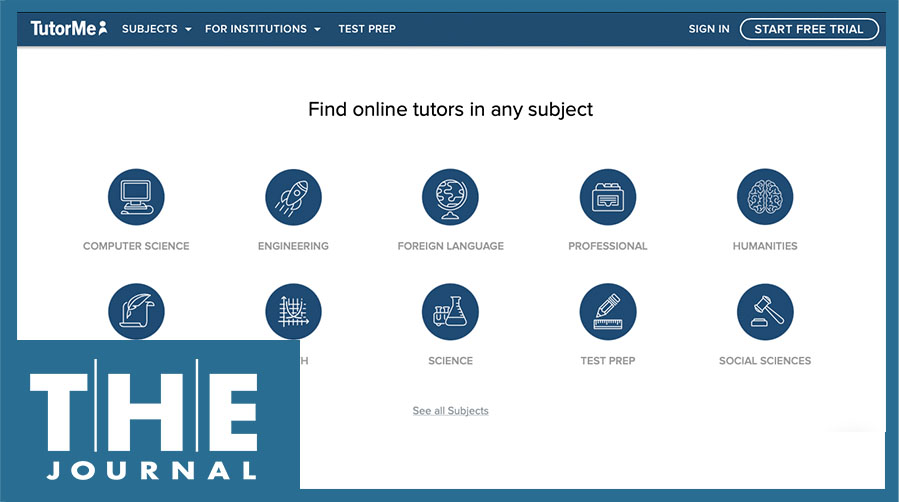
Amid explosive growth over the past two years, two recent top industry awards, and being acquired last month by GoGuardian, TutorMe Chief of Staff Kyle Baker spoke with THE Journal recently about the kind of tutoring that is proven to boost learning outcomes, how TutorMe's platform works, and what questions K–12 leaders should ask when considering a new large-scale tutoring program.
The opposing sides in the “reading wars” tend to advocate for the use of curricula that’s based either on the Science of Reading or on Balanced Literacy, but it does not have to be an "either/or" situation; a literacy expert from Read Naturally suggests integrating components of the Science of Reading into a Balanced Literacy program to provide students with the support they need.
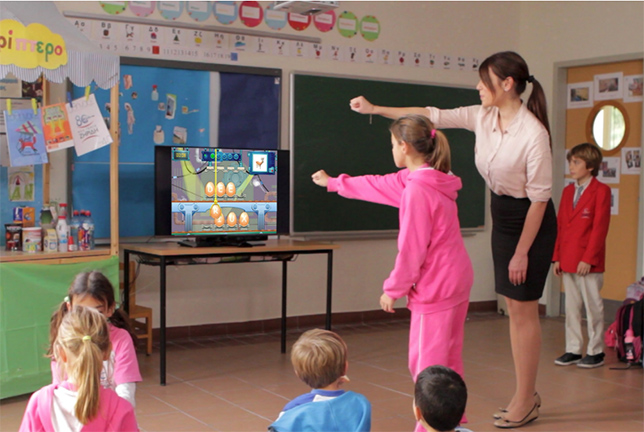
With so many programs, devices, and technologies to choose from, educators and K-12 decision-makers should prioritize these two things when making ed tech decisions: Interaction to increase motivation and engagement among students, and data analytics to make teachers' lives easier and make public schools more efficient.
The U.S. Department of Education Office of Elementary and Secondary Education has begun accepting applications for $159 million in grants budgeted for the Education Innovation and Research Program, which aims to develop, implement, or take to scale entrepreneurial, evidence-based innovations to improve student achievement and attainment for high-need students; and to rigorously evaluate such innovations.
Texthelp CEO Martin McKay dives into the growing need for assistive technology, explaining what such features schools should look for when choosing learning platforms, and how accessibility tech tools help all learners — not just the one student in five with a language-based disability.